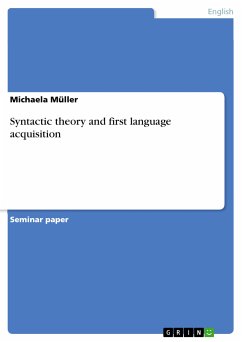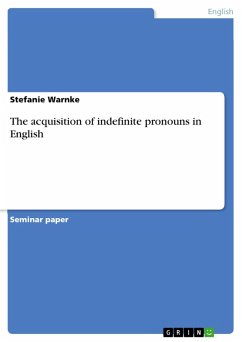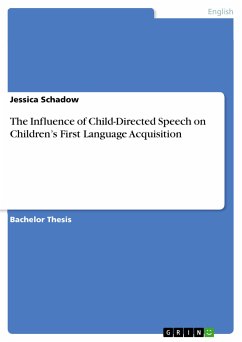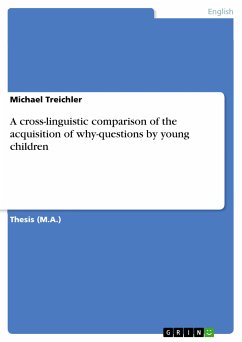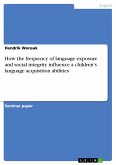Seminar paper from the year 2002 in the subject English Language and Literature Studies - Linguistics, grade: 2- (B-), Technical University of Chemnitz (Philosophiy Faculty), course: Proseminar Approaches to Syntax, language: English, abstract: For human beings are able to communicate with each other using not only signs, but especially with their linguistic competence, it is interesting for linguists to find out general rules being automatically applied. These rules allow the speaker to utter messages in a precise and elaborated way adapted to all kinds of situations. The present study is aimed at delivering an approach to syntactic regularities within the children’s acquisition of language. First some theoretical and generally witnessed information about language and language acquisition will be outlined assuring a global understanding. Then, the second part of the theoretical analysis will deal with three main processes in the acquisition of syntax as an important influence within the child’s linguistic development and its ability to communicate with its environment. It will be described how the language learner becomes more and more competent by differentiating among syntactic categories, such as word classes. Some regularities within children’s syntactic capacities will be considered more in detail in the last chapter where representative examples from pivot-open grammar, questions, passive voice and not to forget negation do support the already mentioned theoretical elements. Children’s utterances are investigated in order to find out how they react in a particular situation in a grammatical way, as correctly as they have understood the rules of syntax.



